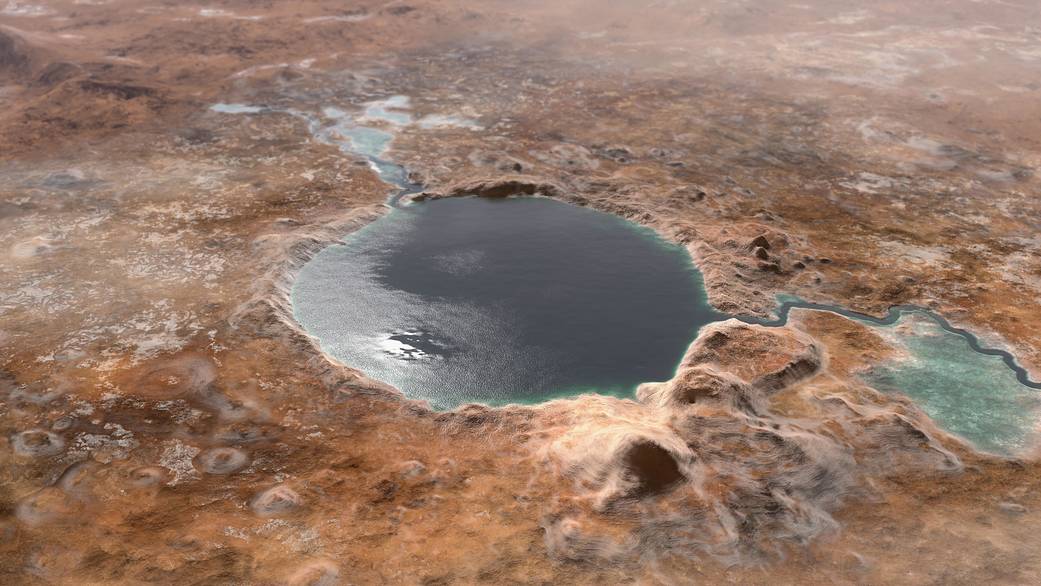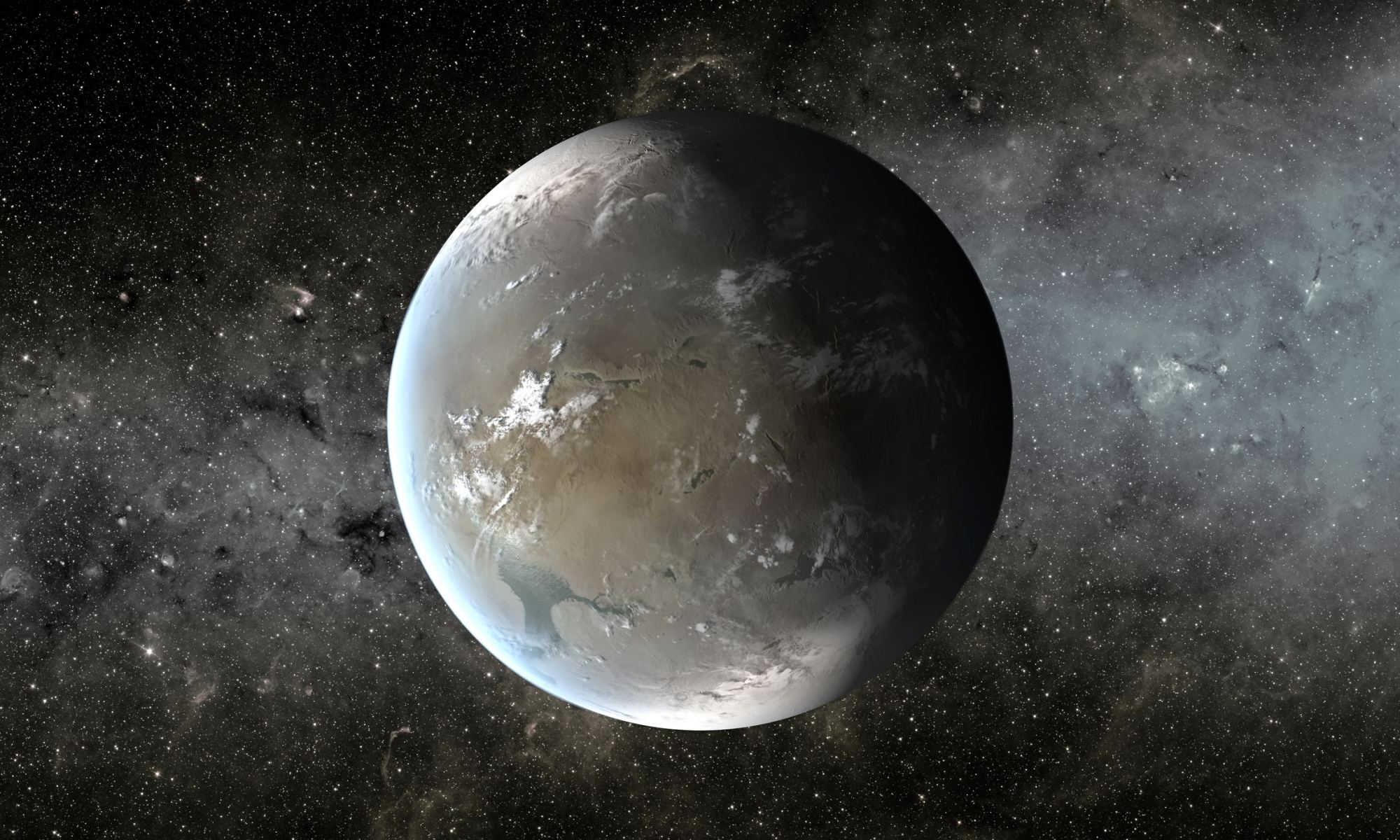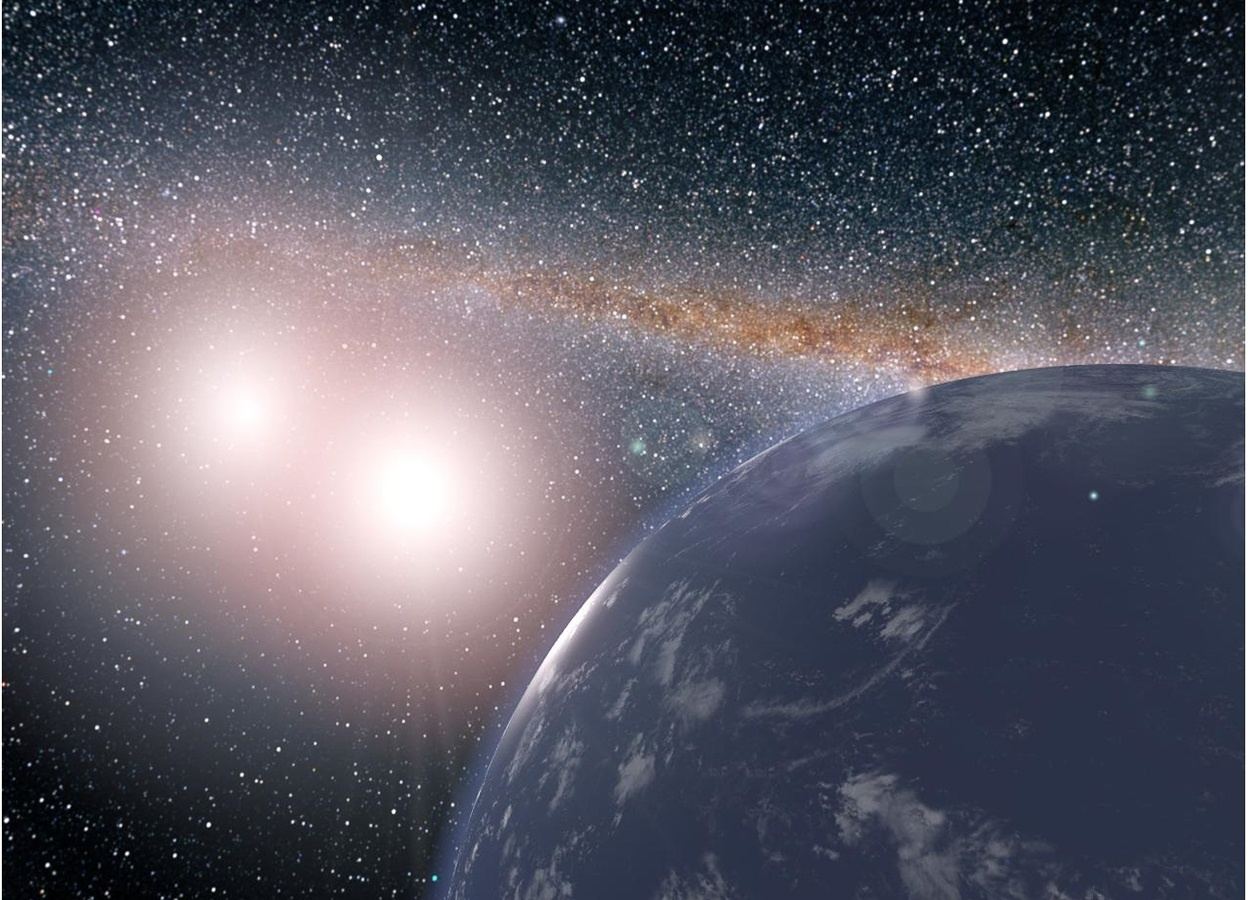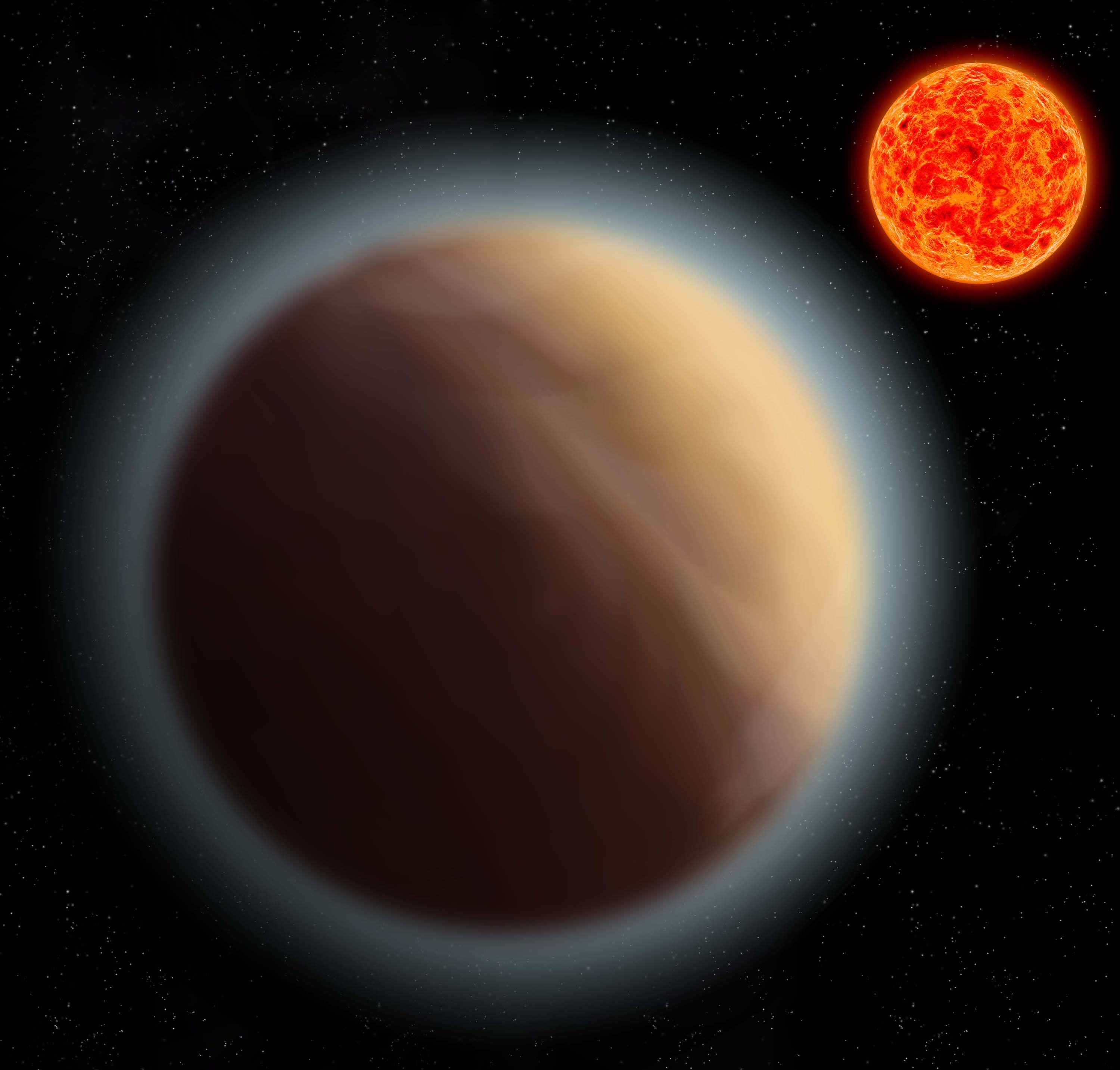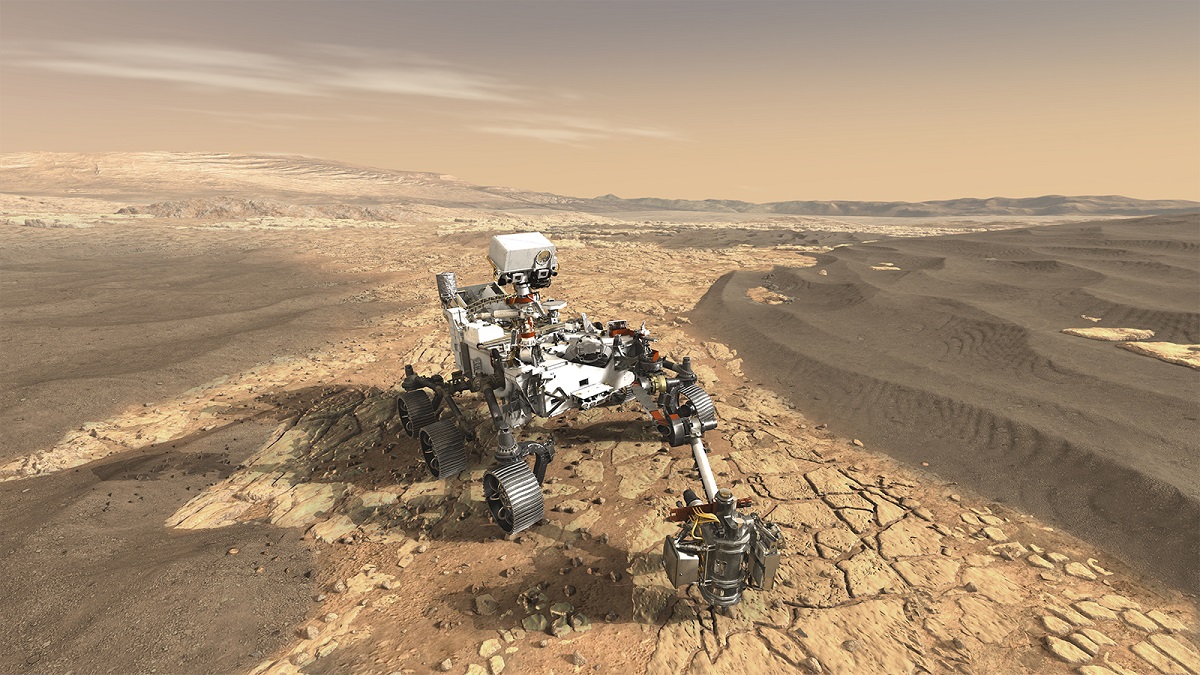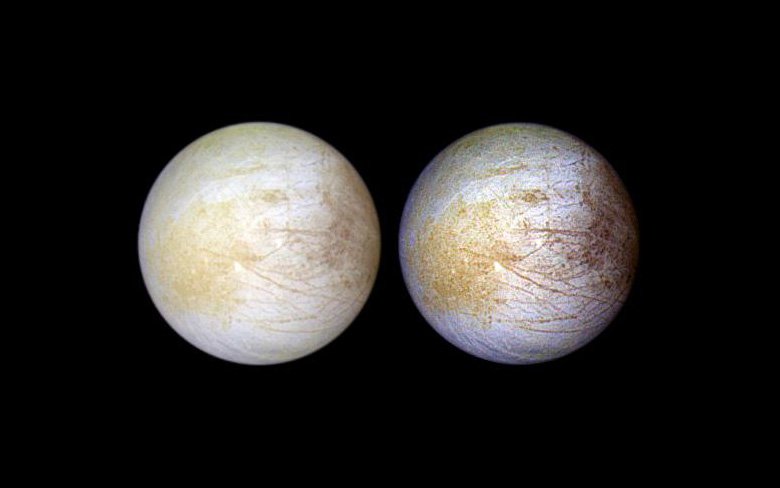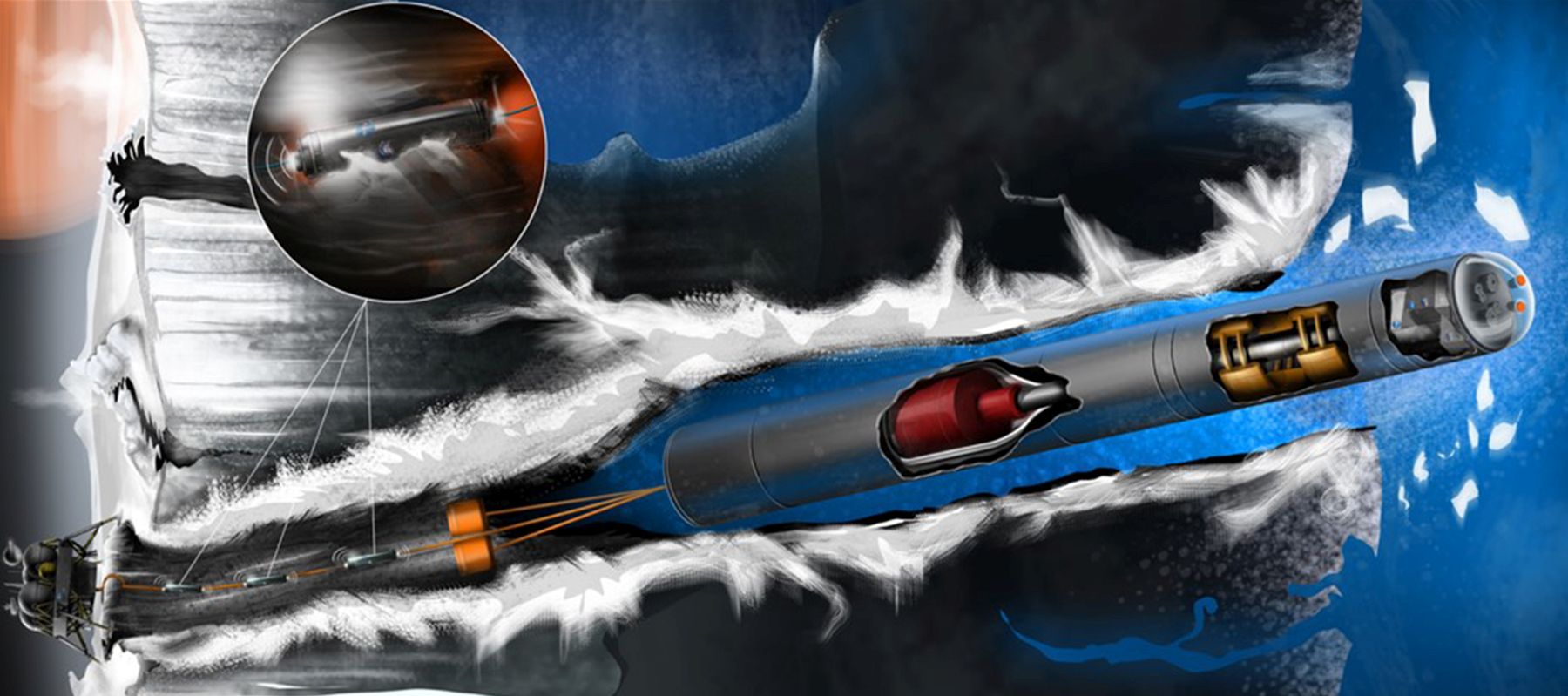Today is a milestone in NASA’s Perseverance mission to Mars. At 1:40 pm Pacific time today, the rover will have traveled 235.4 million km (146.3 million miles). That means the spacecraft is halfway to Mars and its rendezvous with Jezero Crater. The spacecraft isn’t traveling in a straight line, and the planets are moving, so it’s not equidistant to both planets.
“Although we’re halfway into the distance we need to travel to Mars, the rover is not halfway between the two worlds,” Kangas explained. “In straight-line distance, Earth is 26.6 million miles [42.7 million kilometers] behind Perseverance and Mars is 17.9 million miles [28.8 million kilometers] in front.”
But today’s still a good time to take another look at Jezero Crater, and why NASA chose it as the mission’s target.
Continue reading “This is What Perseverance’s Landing Site Looked Like Billions of Years Ago. See Why it’s Such a Compelling Target?”
